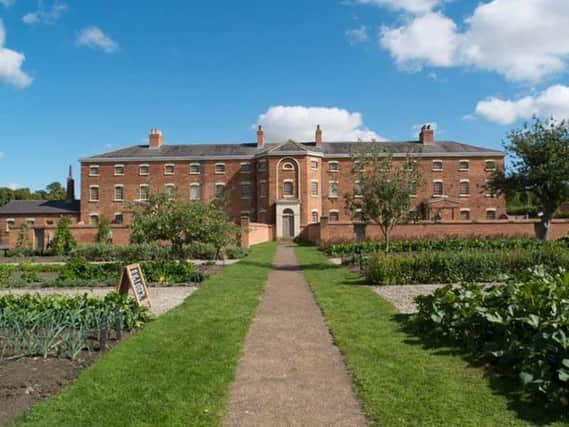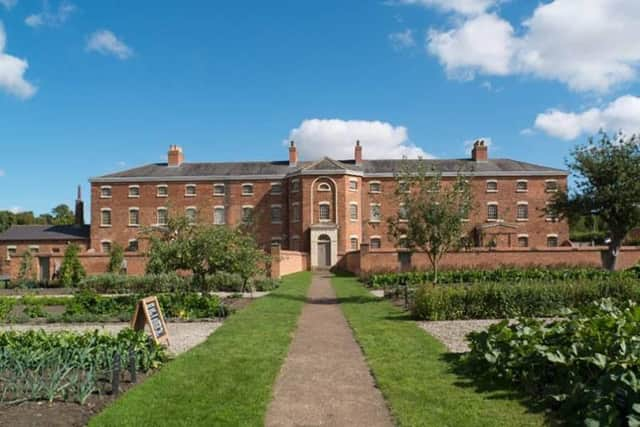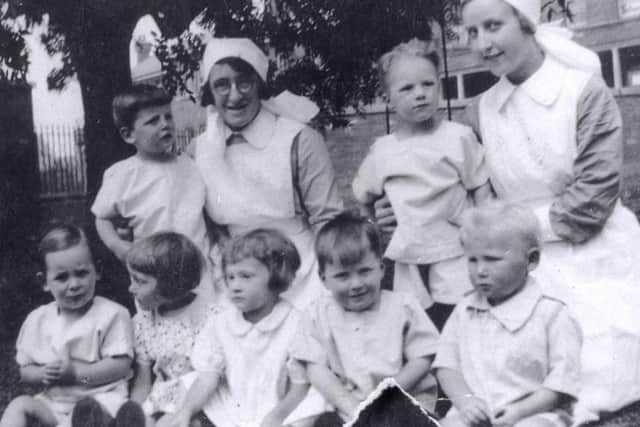Part of Southwell Workhouse opens to the public for the first time
This article contains affiliate links. We may earn a small commission on items purchased through this article, but that does not affect our editorial judgement.


Thanks to a five-year restoration project by the National Trust, different spaces in the infirmary will showcase the history of social care over two centuries.
The building will depict how the infirmary cared for people when it first opened in the 1870s, through to its final residential use.
Advertisement
Hide AdAdvertisement
Hide AdThe workhouse was built in 1824 as a place of last resort for the poorest who couldn’t work and for those people suffering from unemployment. It is now the most complete workhouse in existence.


Firbeck infirmary, built nearly 50 years later in 1871, provided medical care for the workhouse.
Later it became a care ward in the 1970s but had been untouched for decades after closing its doors in the 1980s.
Sara Blair-Manning, general manager at the workhouse said: “The infirmary building adds an important extra layer to the history of the workhouse.
Advertisement
Hide AdAdvertisement
Hide Ad"The stories we are telling help us not only understand the past and the people who lived and worked here, they raise questions we hope will resonate today, about how society manages poverty and social health care in the 21st century.”


Visitors will have access to several spaces, including the room of the last resident, which encourages reflection on how we care for vulnerable people today.
Two rooms will also be dressed to focus on maternity care as it was in 1871 and a century later.
As part of the project, a new library will be open to the public in the infirmary for the first time.
Advertisement
Hide AdAdvertisement
Hide AdVisitors can explore workhouse records and archives, including letters, journals, oral testimonies and other material, which have taken volunteers 20 years to research and transcribe.
The infirmary includes studio spaces for seasonal exhibitions and installations encouraging discussion around poverty and social health care provision in the past, present and future.
One of the first exhibitions is Dolls’ House, in which Dr Natalie Jones, Newark Emmaus Trust and artists from Warwick University have worked with young parents who are homeless – historically, single mothers were one of the highest intakes into the Workhouse – to explore the idea ‘what is your ideal home?’
This will develop over time as visitors add their own perceptions of what the Workhouse and infirmary mean to them.
Advertisement
Hide AdAdvertisement
Hide AdChanges in the main Workhouse include a freer visitor route, encouraging exploration of the building as the segregated inmates themselves would have used it, plus new digital guides bringing Workhouse stories to life.
Sara added: “We look forward to welcoming all visitors to explore the newly refurbished Workhouse and infirmary, and we hope they’ll contribute to its evolution by sharing their own stories.”
Firbeck infirmary opens to the public on Friday July 5.
For further information and opening times, visit www.nationaltrust.org.uk/theworkhouse